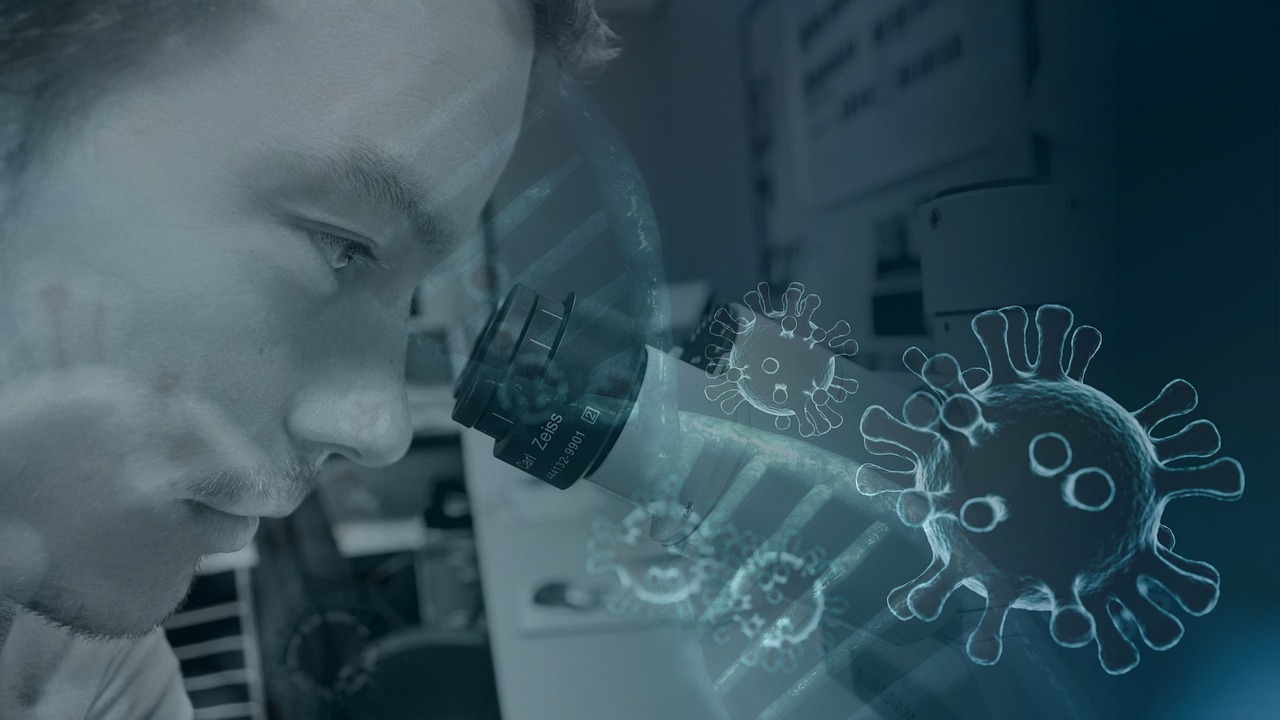When taking biological samples, it is crucial to use the appropriate protocol to ensure that the sample is collected in a manner that preserves its integrity and prevents contamination. The type of protocol used will depend on various factors, such as the type of sample being collected, the purpose of the sample, and the specific techniques used to analyze the sample. Additionally, considerations like vacuum pressure measurement play a vital role in maintaining optimal conditions during sample collection. It is important to choose the correct protocol as it can significantly impact the accuracy and reliability of the results obtained from the analysis. In this article, we will explore the protocols commonly used when taking biological samples and provide insight into choosing the appropriate protocol for a given situation.
1. Sample Storage
Once samples have been collected, the next step is to store them safely and securely. This includes using appropriate packaging materials to protect the sample from degradation and contamination. You should buy heat sealable films online to store samples in containers that can be sealed. Samples should also be labeled correctly with relevant information such as collection date, type of sample, and sample source.
Additionally, temperatures must be kept consistent not to affect the outcome of any analysis. Depending on the sample type and intended use, samples may need to be stored for long periods or in extreme temperatures. Selecting the right storage protocol for each sample, using a combination of temperature control and protective packaging, is vital. With the proper storage techniques, samples can remain stable and viable for extended periods.
2. Sterile Technique
If you’ve ever had a medical test done, you’ve probably heard the term “sterile technique” thrown around. But what does it mean? Essentially, it’s a protocol to ensure that the samples collected during medical procedures remain free from contaminating bacteria or other microorganisms. This technique involves using specially sterilized equipment and surfaces, wearing gloves and protective clothing, and working in a controlled, sterile environment.
While it may seem overkill, maintaining a sterile technique is crucial for accurate diagnosis and effective treatment. So the next time you see your healthcare provider donning gloves and taking extra precautions, rest assured they’re doing everything in their power to keep you healthy.
3. RNA/DNA Extraction
Unlocking the genetic code of any given organism is no easy feat, but RNA/DNA extraction protocols make it possible to isolate and extract the nucleic acids needed for analysis. Through a process that involves breaking down the cell membrane, the genetic material is released into a buffer solution where it can be carefully examined.

These protocols have revolutionized the study of genetics, allowing scientists to gain insight into everything from inherited disorders to evolutionary history. These methods are necessary for obtaining valuable data, and our understanding of the natural world remains limited.
4. Fixation
Preserving samples for analysis is crucial in many scientific fields, ranging from medical research to environmental studies. Fixation protocols offer a reliable method for ensuring that samples do not degrade over time or after collection. Choosing the right fixative is essential, given the variety of sample types and intended analyses.
Samples may require different types of fixatives, such as formalin, ethanol, or glutaraldehyde, depending on tissue type, desired staining techniques, and intended use. By utilizing fixation protocols, researchers can guarantee that their samples will remain stable and accurate over time, ultimately leading to more robust and reliable findings.
5. Cryopreservation
Imagine freezing and storing any cell or tissue sample for future use without fear of degradation or loss. This is exactly what cryopreservation offers – a revolutionary protocol transforming how we store and preserve biological samples. By freezing samples at low temperatures, we can effectively put them into a “suspended animation” state, halting all biological processes until they are needed again.
To further protect the sample during this freezing process, cryoprotectants are often added to prevent damage. Cryopreservation has become a vital tool in medicine and research, allowing us to store samples for use in future experiments or treatments. Thanks to this technique, the possibilities for discovery and innovation have never been greater.
6. Blood Collection
Blood collection is an integral part of medical diagnosis and research. However, not all blood samples are collected using the same protocol. Anticoagulants may be added to prevent clotting depending on the type of analysis being performed. Similarly, different tubes are used for different types of analyses. Whether determining blood glucose levels, checking for infections, or evaluating organ function, the proper protocol must be followed to ensure accurate results.
Collecting blood samples may seem straightforward, but it is a careful procedure that requires great attention to detail. Only with precise protocols and proper techniques can accurate results be obtained, helping to diagnose and treat various health conditions.
7. Tissue Collection
With the utmost attention to detail and accuracy, tissue collection is an essential step that warrants great care. After all, the quality of samples collected directly affects the validity of results derived from subsequent analyses. Aseptic techniques must be employed to ensure that the samples collected are free from contamination. Different protocols must also be used for different types of tissues.
For instance, muscle tissue requires snap freezing, while histological analysis requires fixation. As a researcher or clinician, you must follow these guidelines to generate valid data that can be relied on by the scientific community. So, when collecting tissue samples, remember to keep them clean, sterile, and accurate.
8. Sample Disposal
Disposing of samples when they are no longer appropriately needed is crucial. Different protocols must be observed depending on the sample type and associated risks. Biological samples such as blood, tissue, and cell cultures may present a risk for infection or transmission of pathogens, so they should be disposed of with proper safety precautions.
Samples containing hazardous materials must also be disposed of appropriately. This should include following all proper protocols for safe disposal and ensuring that the sample is not released into the environment, which can lead to contamination. With careful attention to safety guidelines, proper sample management can help ensure a healthy and secure environment.
Sample management is an essential component of any lab experiment or clinical application. Proper sample collection, storage, and disposal are all critical to obtaining reliable data that can be used for research, diagnosis, and treatment. Quality control is also crucial to ensure that results are accurate and reproducible. By following the right protocols for sample management and quality control, researchers and clinicians can have confidence in the data they generate. With these techniques, the possibilities for discovery and innovation are truly limitless.


